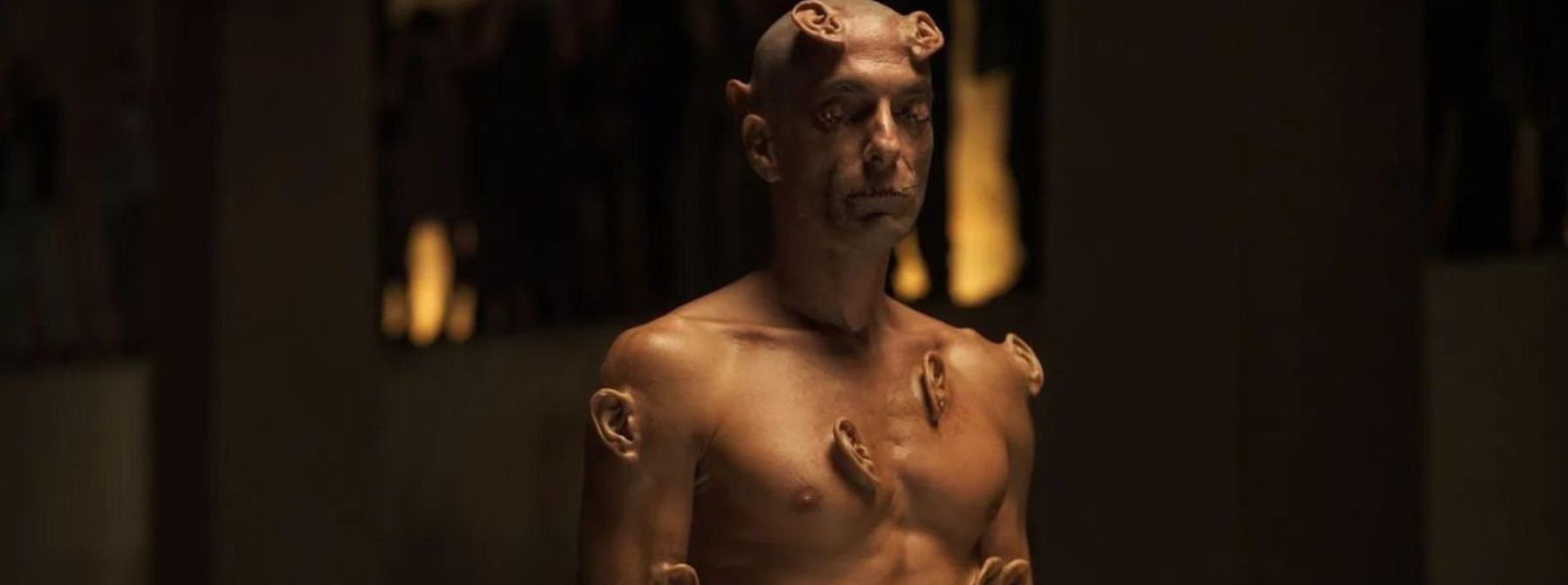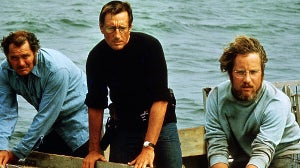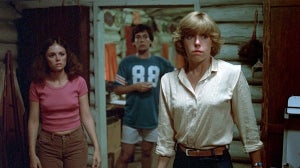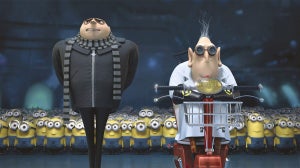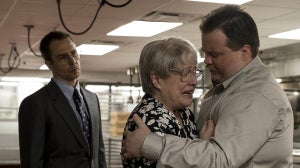
It’s been eight years since his last film, but now David Cronenberg is back with a new nightmare that returns to his roots as the Master Of Body Horror.
Crimes Of The Future takes us to a time where the human body is beginning to transform and mutate as humanity adapts to a more hostile environment.
Taking advantage of this is performance artist Saul Tenser (Viggo Mortensen), who aims to grow new organs so they can be pulled out in elaborate art installation surgeries by his partner Caprice (Léa Seydoux).
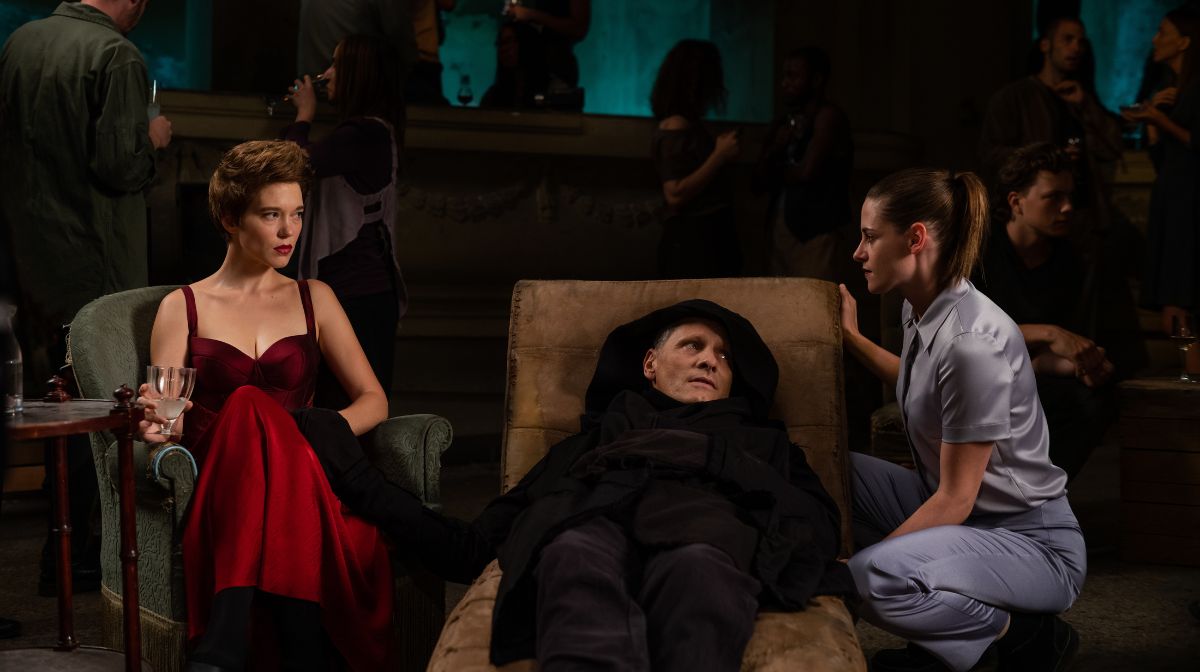
Like with other Cronenberg classics, practical effects are heavily utilised here to bring the grotesquery to life.
Everything from inner body mutations to a man covered in ears were created by Alexandra Anger and Monica Pavez, the prosthetics artists behind company Black Spot FX.
Although they mostly work in the horror genre, the pair revealed to Zavvi that despite having a penchant for bringing nightmares to life, it’s not a genre they have a soft spot for.
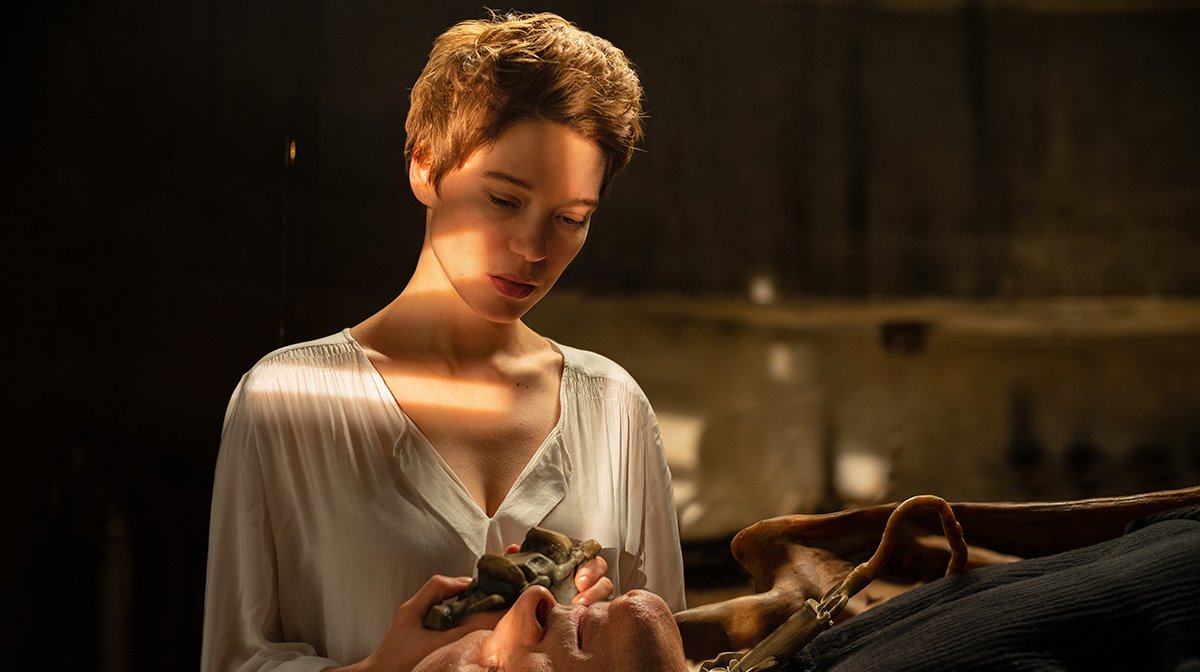
Anger explained: “Neither of us are gore hounds, but because of the way we’re artistically inclined, we found our way into the industry – we love working in this world and spraying blood around, but we’re outliers!
"We first met David [Cronenberg] when he was acting on a Canadian TV show we work on and we hit it off.
"For that job we’d made a replica body of his, which he then borrowed for his short film The Death Of David Cronenberg. That resulted in him asking if we’d work on this new film.”
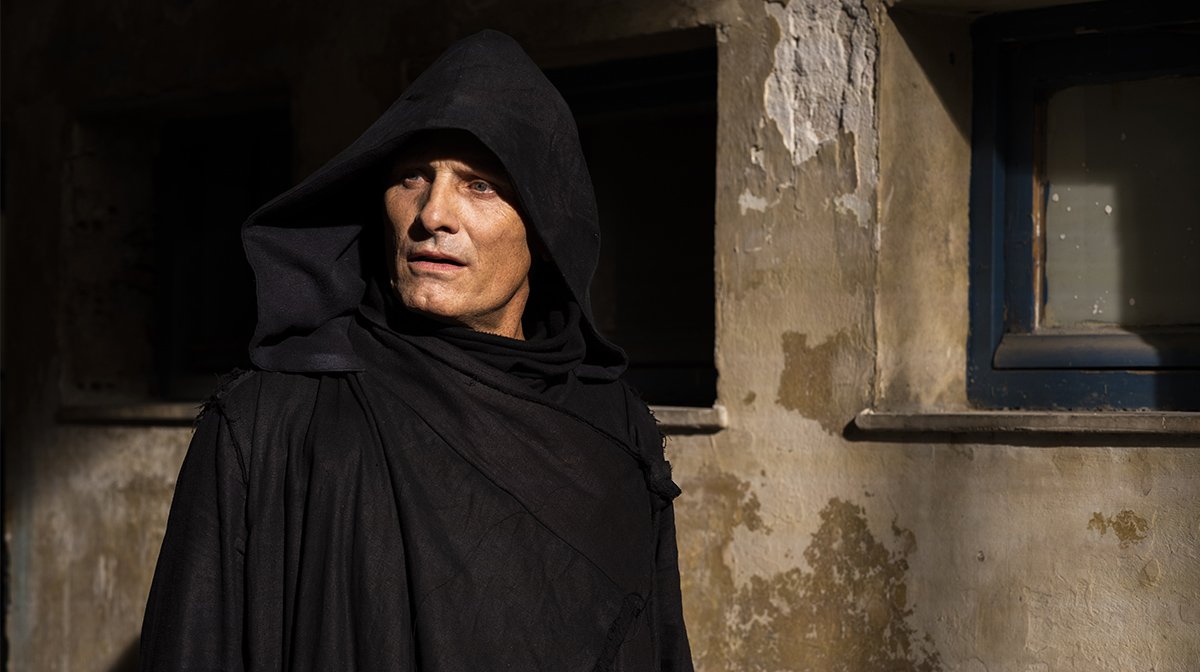
“After we worked with him that first time, we went on a deep dive into his filmography, so we had a better understanding of the callback references in this”, Pavez added.
“But I think it was interesting to come to this project not as a massive fan: there wasn’t any intimidation about working with this master director. It was just David, the lovely man!”
Upon working with Cronenberg the pair were immediately struck by the freedom they were provided in helping to shape his weird and wonderful designs. Anger described it as an “open collaboration”, standing out from other productions, which proved helpful when playing with the more difficult concepts.
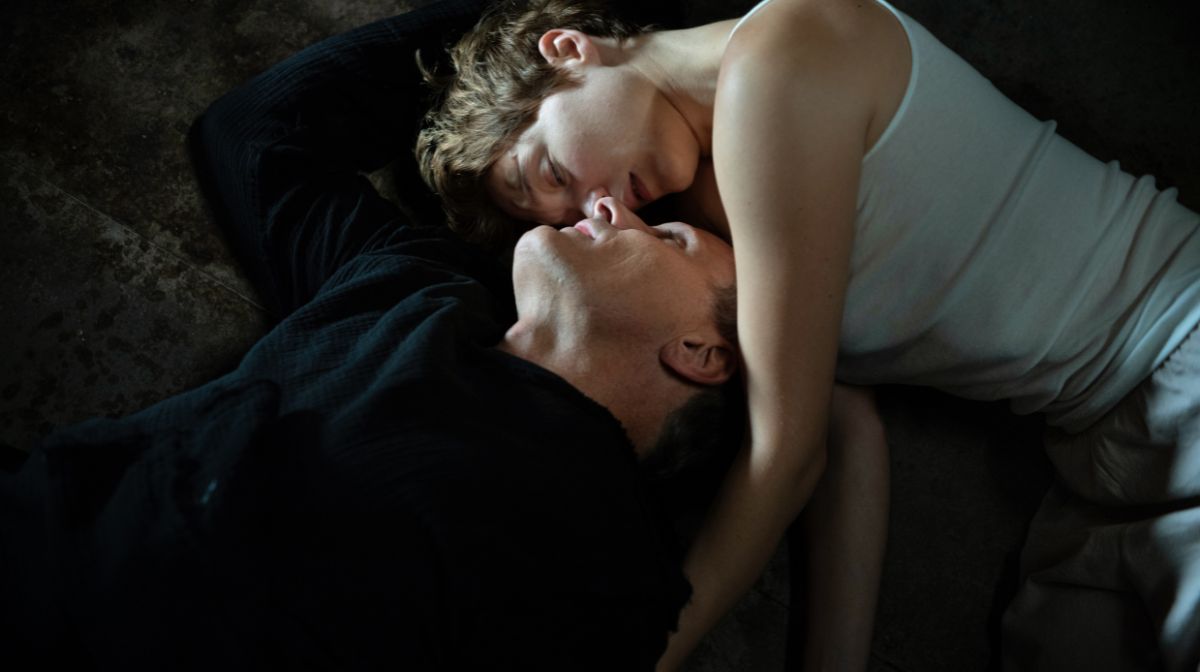
The pair’s toughest challenge was creating the “neo-organs” fished out of Tenser, and how the ports across his body would interact when pulling them out, like a disgusting game of Operation. They also had to create a replica dead body of a child actor for a surgery sequence, something which was “delicately” discussed.
This and the other prosthetics had to be completed on a condensed timeline, further complicated by the fact the cast were spread across the world before filming began. Life casts of actors then had to be continuously shipped to Greece, where the film was shot, which highlighted another issue: how were the actors going to manage under layers of prosthetics in the sweltering heat?
“There were a lot of considerations because mixing prosthetics with heat is always a nightmare””, Anger continued. “For Viggo’s ports, we built these skin vests that were duplicates of his torso he could just strap on, so if he got sweaty, he could speedily swap it for another. As we were filming so quickly, it also meant David could shoot the next scene without all these sticky gross ports still on his actor’s body!”
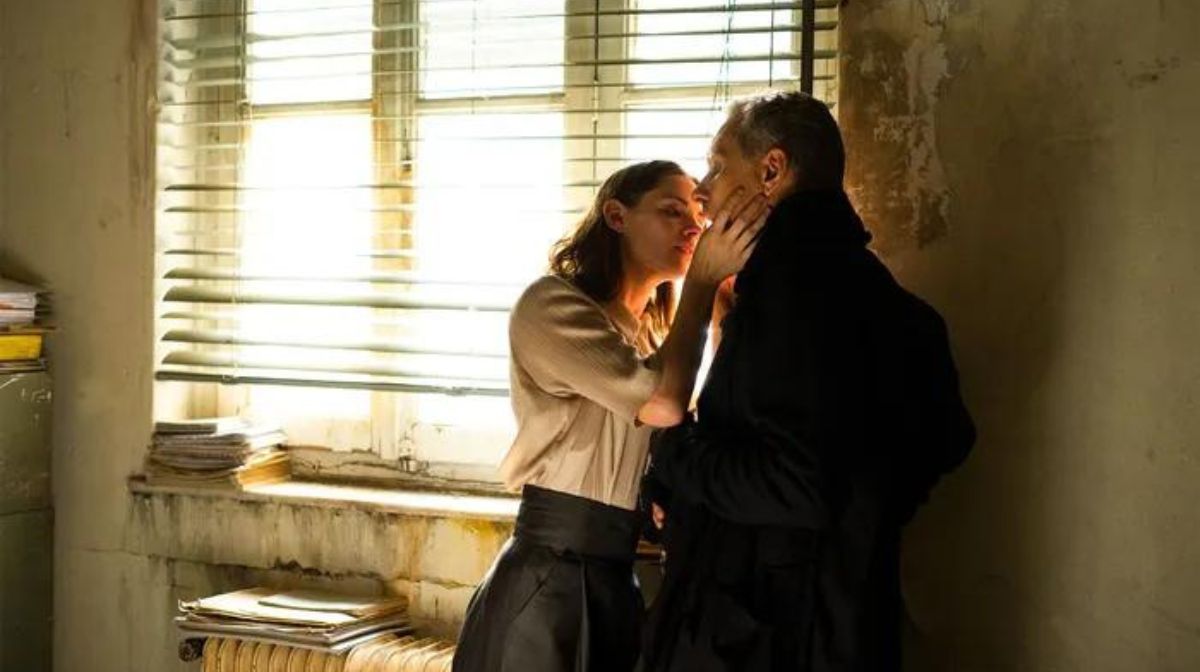
One actor who got particularly uncomfortable was Tassos Karahalios, undergoing a four-hour transformation to become Klinek, a.k.a. The Ear Man, enemy of Mortensen’s self-serious artist. Although he only appears in a single sequence, it’s one of the film’s most striking images and the biggest body transformation: a dancing man covered head to toe in nearly 40 ears, with his eyes and mouth sewn shut.
With this scene being shot on the last day of filming, Anger and Pavez prepared the actor for weeks for the discomfort he would experience.
Anger continued: “David is always so thoughtful in terms of his actors, and he maintained that the important part here isn’t the prosthetics, but his performance. We’d never tell a director what they should shoot first, but this was one time where we said, ‘if we can get the close-ups on the lip sewing done first, we can then cut that open and he can have some water’. When you’re covering up this much of the body, it’s a battle no matter what and our priority will always be the actors’ comfort.”
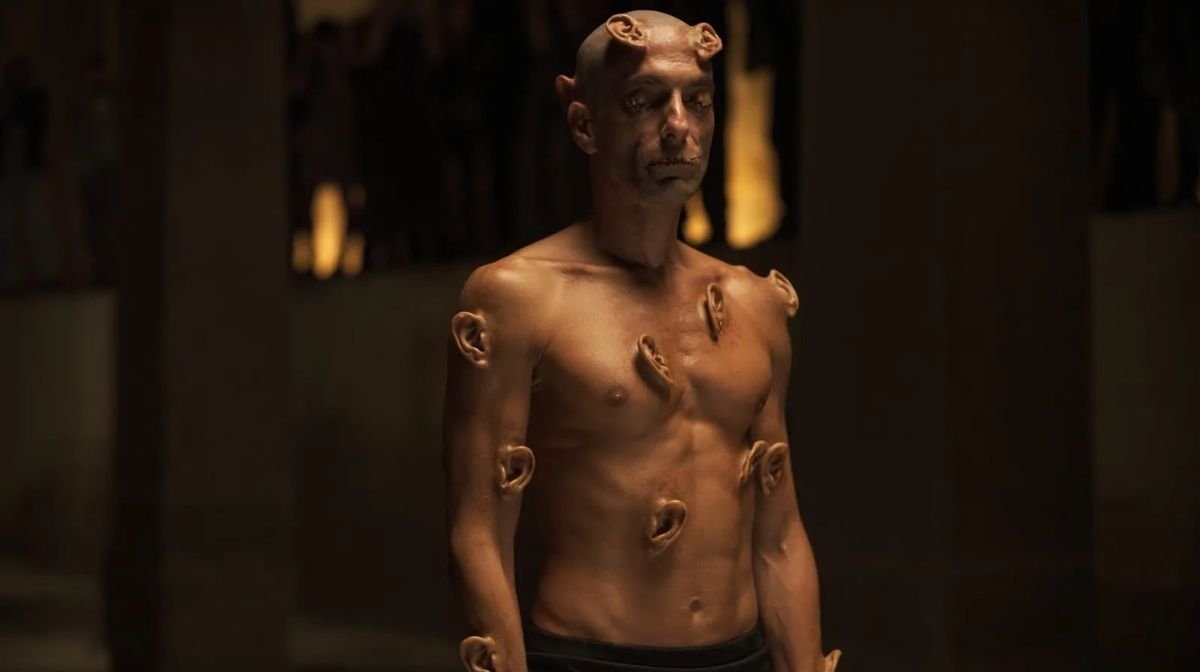
“It took four and a half hours to get him into this, and it was only the last hour when we started covering the mouth - we wanted to make sure he spent the least amount of time possible like this”, Pavez added. “But he was game for all of it, excited to be part of the movie.”
The pair will often get approached at the end of a shoot by cast and crew who want to take home some prosthetics. While this usually leads to bemusement (“you want to reuse this sweaty, oily rubber?”), they were more than happy to let Karahalios take one of the prosthetic ears to gift his twin brother, a massive Cronenberg fan. “You’ve suffered for us, they’re all yours”, Anger joked.
As they don’t hail from a horror background, are the pair ever disgusted by their creations? “You realise you’ve become desensitised when you’re looking at reference images of what someone’s intestines are going to look like – you start talking in a clinical, technical way”, Pavez said. “The only thing in horror that disturbs me is anything to do with eyes. The rest of it, I’ve got my work brain on!”
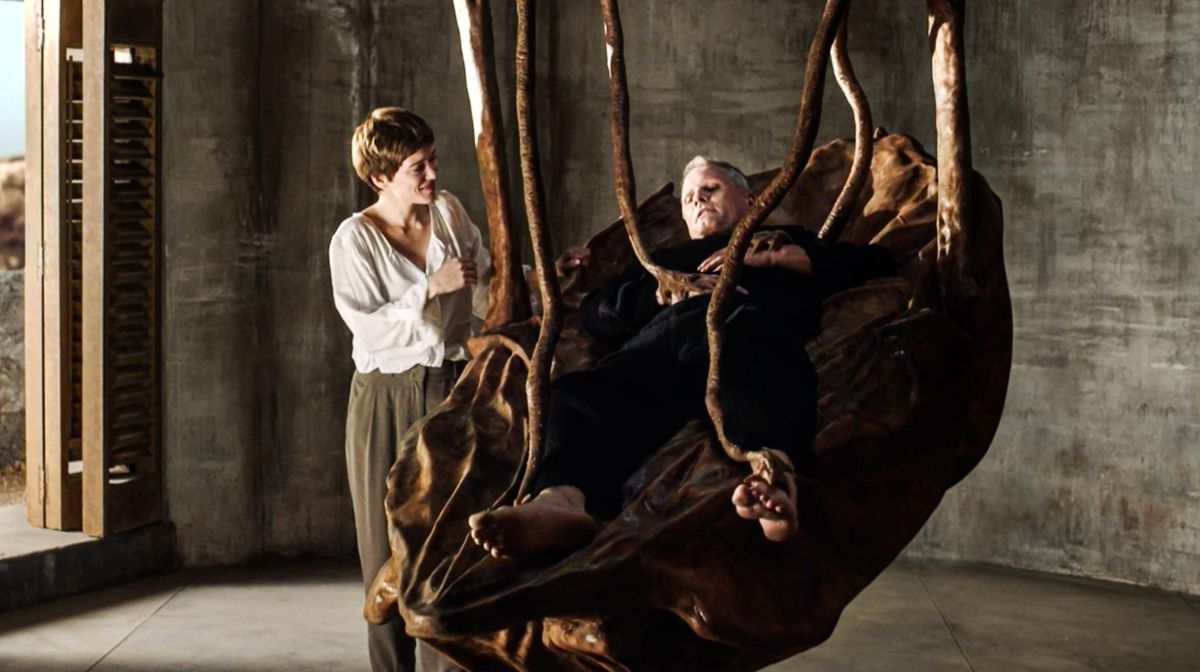
“I think our brains have been broken in an awful way so that when we look at terrible things, we’re like ‘oh, interesting colour’”, added Anger. “I can eat lunch while watching a video of surgery with no issues. There’s also something satisfying about hearing people getting disgusted with your work.
"Often when the cameras were rolling, we’d watch the monitor and hear the crew elicit these visceral reactions over things we’d created – by the end, we started thinking, ‘come on guys, there are grosser things happening!’”
This article first appeared in the September 2022 edition of The Lowdown.
Crimes Of The Future is released in UK cinemas on Friday 9th September.
For all things pop culture, follow us on Facebook, Instagram, Twitter, and TikTok.

